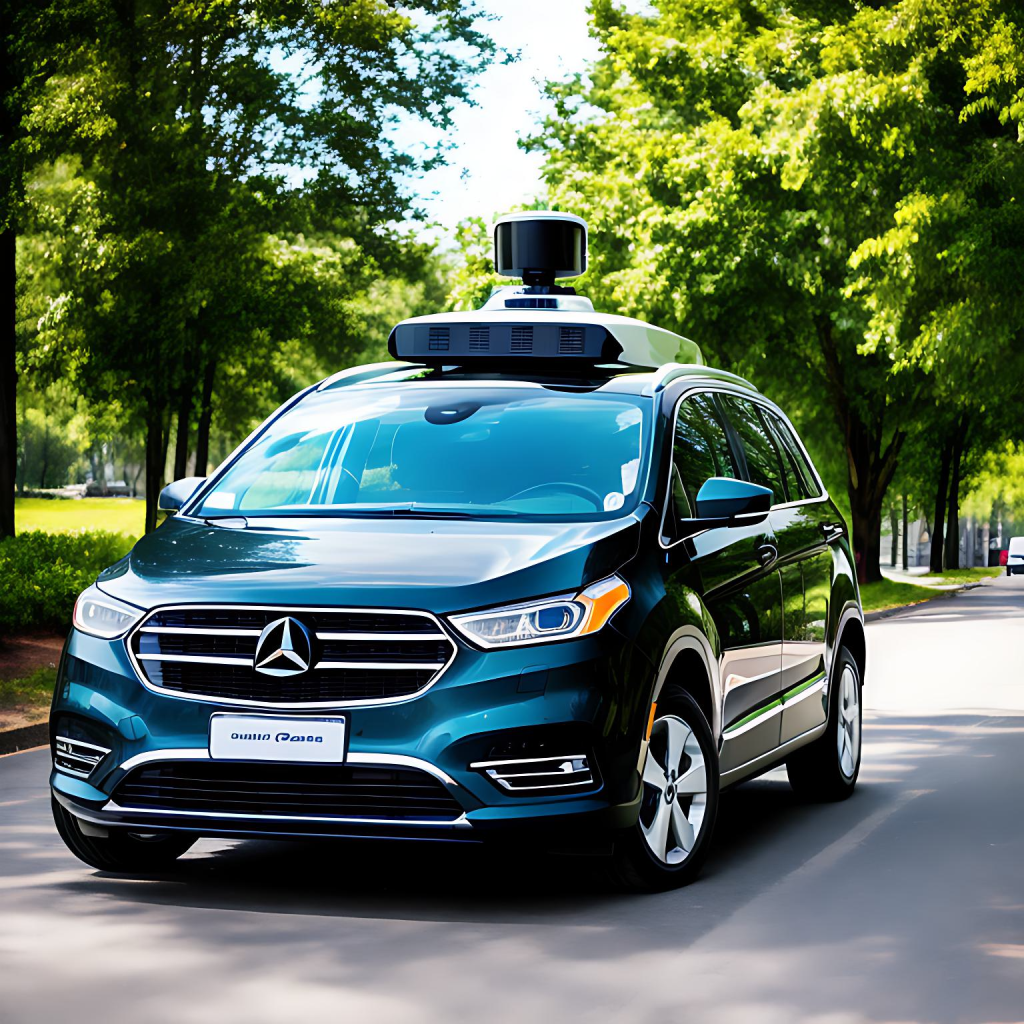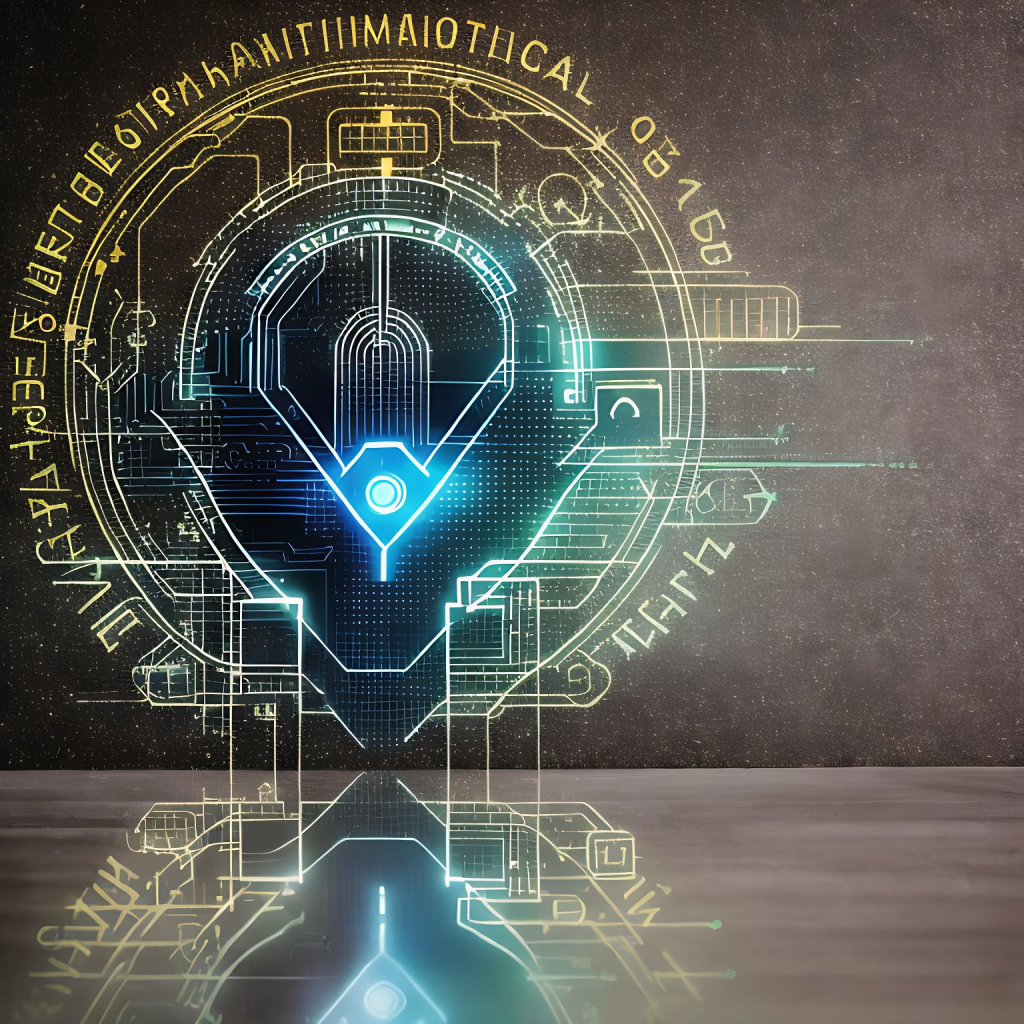A Makers Guide to Artificial Intelligence: Understanding the Basics
As a maker, DIYer, and engineer, I’ve seen firsthand how rapidly evolving technology has impacted our world. I believe Artificial Intelligence (AI) has the potential to be the largest of all. In this blog post, I want to share with you an introduction to AI, covering its fundamentals, key components, popular techniques, real-world applications, and valuable resources. My goal is to introduce you to the “AI basics” so that you can begin to understand and harness its power and stay ahead of the curve in your own projects. So, join me as we dive into the fascinating world of AI and explore its potential to revolutionize the way we create, innovate, and problem-solve!
AI has come a long way since its inception, and it’s essential to understand its historical context and milestones to appreciate its significance today. The concept of AI, arguably dates back at least to ancient Greece, where philosophers like Aristotle and Plato pondered the nature of human thought and the potential for machines to mimic it. Fast forward to the mid-20th century, when mathematician and computer scientist Alan Turing developed the Turing Test, which laid the groundwork for evaluating a machine’s ability to exhibit intelligent behavior.
In the 1950s and 1960s, AI research and development took off, with researchers exploring symbolic AI, natural language processing, and problem-solving algorithms. Over the decades, AI has continued to evolve, spurred by advances in machine learning, deep learning, and neural networks, as well as the exponential increase in computing power and the rise of big data. As a result, AI has become an integral part of our modern world, with applications spanning industries such as healthcare, finance, manufacturing, and entertainment.
As a beginner exploring the world of AI, it’s important to start by familiarizing yourself with some fundamental concepts and techniques. Machine learning, a subfield of AI, focuses on the development of algorithms that enable computers to learn from data and make predictions or decisions. Within machine learning, you’ll encounter techniques such as supervised learning, unsupervised learning, and reinforcement learning, each with its unique approach and applications. Another key area to explore is deep learning, which involves artificial neural networks that mimic the structure and function of the human brain. By understanding these foundational concepts, you’ll be well-prepared to delve deeper into AI and start experimenting with various tools, libraries, and platforms.
As we delve deeper into the world of AI, it’s important to understand the key components that make up AI systems. These components work together to enable machines to process, analyze, and learn from data, ultimately allowing them to make decisions or carry out tasks. Let’s explore these vital components and how they contribute to the overall functioning of AI systems.
Algorithms
Algorithms are sets of rules or instructions that guide the AI system’s decision-making process. They determine how the system processes input data, learns patterns, and generates output. Machine learning and deep learning algorithms, in particular, allow AI systems to improve their performance over time as they process more data and learn from their experiences.
Data
Data is the fuel that powers AI systems. It provides the necessary information for algorithms to analyze and learn from. The quality and quantity of data used to train AI models significantly impact the performance of the AI system. Ideally, data should be diverse, relevant, and representative of the problem domain to ensure the AI system can learn effectively and generalize to new situations.
Computational resources
AI systems require substantial computational resources to process vast amounts of data and perform complex calculations. The need for computational power has led to the development of specialized hardware like graphics processing units (GPUs) and tensor processing units (TPUs) to handle the demands of AI algorithms more efficiently.
AI models
An AI model is a mathematical representation of the problem the AI system is trying to solve. It is the product of the learning process, wherein the system’s algorithm processes data and extracts patterns or relationships. Once trained, the AI model can be used to make predictions, classify data, or carry out other tasks depending on the specific problem it was designed to tackle.

Let’s explore some popular AI techniques and approaches that form the foundation of many AI applications. These techniques, ranging from supervised learning to computer vision, help AI systems to learn, adapt, and make decisions based on the data they encounter. By understanding these fundamental concepts, makers, DIYers, and engineers can better incorporate AI into their projects and harness its full potential.
Supervised Learning
Supervised learning is a popular approach in AI that involves training a model using labeled data. In this method, the model learns to recognize patterns and make predictions based on input-output pairs provided during the training process. Once the model is trained, it can be used to make predictions on new, unseen data.
Unsupervised Learning
Unsupervised learning, on the other hand, involves training a model without labeled data. Instead, the model identifies patterns, structures, or relationships within the data on its own. This approach is particularly useful in scenarios where labeled data is scarce or expensive to obtain. Common unsupervised learning techniques include clustering and dimensionality reduction.
Reinforcement Learning
Reinforcement learning is an AI approach that focuses on training a model to make decisions based on trial and error. The model, often referred to as an agent, learns to perform actions that maximize a reward signal. It is particularly suited for situations where the optimal solution is not known in advance and must be discovered through interaction with the environment.
Neural Networks and Deep Learning
Neural networks are computational models inspired by the human brain’s structure and function. These networks consist of interconnected layers of artificial neurons that learn to recognize patterns and make predictions. Deep learning is a subfield of AI that focuses on neural networks with many layers, enabling the models to learn complex features and representations from large amounts of data.
Natural Language Processing (NLP)
NLP is a branch of AI that focuses on enabling computers to understand, interpret, and generate human language. It encompasses a wide range of tasks, such as sentiment analysis, machine translation, and information extraction, and is an essential component of AI systems like chatbots and virtual assistants.

Computer Vision
Computer vision is another essential AI domain that deals with teaching computers to perceive, analyze, and understand visual information from the world. It involves tasks like image recognition, object detection, and facial recognition, and plays a crucial role in applications such as autonomous vehicles, robotics, and surveillance systems.
As we dive deeper into the world of AI, it’s important to understand the various real-world applications that showcase the power and potential of this technology. In this section, we will discuss several key areas where AI is making a significant impact, including robotics, home automation, healthcare, transportation, and entertainment. By exploring these practical examples, makers, DIYers, and engineers can gain inspiration and insights into how AI can be leveraged to enhance their own projects and creations.
Robotics
AI has revolutionized the field of robotics by enabling robots to learn, adapt, and make decisions autonomously. These intelligent robots can now perform complex tasks, interact with humans, and navigate dynamic environments with ease. Applications range from industrial automation and collaborative robots to personal assistant robots and drones.
Home Automation
AI plays a critical role in smart home systems, providing the intelligence needed for devices to learn, adapt, and interact with their environment. From voice-activated assistants like Amazon Alexa and Google Assistant to smart thermostats and security systems, AI-powered home automation is transforming how we live and interact with our homes.
Healthcare
AI has the potential to revolutionize healthcare by assisting in diagnostics, treatment planning, and personalized medicine. For example, AI algorithms can analyze medical images to detect diseases, help doctors make more informed decisions, and even predict patient outcomes. AI is also being used in drug discovery, telemedicine, and remote patient monitoring.

Transportation and Autonomous Vehicles
AI is at the core of self-driving vehicles, enabling them to perceive, understand, and navigate complex environments. By using AI algorithms, autonomous vehicles can analyze sensor data, make real-time decisions, and learn from experience to improve their performance over time. AI is also being used to optimize traffic flow, reduce accidents, and create more efficient transportation systems.
Entertainment and Gaming
AI has significantly impacted the entertainment industry, including gaming, movies, and music. In gaming, AI algorithms can create realistic, adaptive, and challenging opponents, as well as generate unique content and experiences. In movies and music, AI can assist in content creation, recommendation, and personalization, offering more engaging and immersive experiences for users.
Challenges and Limitations of AI
Now that we’ve explored some of the real-world applications of AI, it’s time to consider how you, as a maker, DIYer, or engineer, can get started with AI in your own projects. In this section, we’ll introduce various tools and resources that can help you learn AI concepts, techniques, and best practices. From AI frameworks and libraries to online courses, books, and communities, these resources can provide valuable guidance and support as you embark on your AI journey.
AI Frameworks and Libraries
There are numerous open-source AI frameworks and libraries available, such as TensorFlow, PyTorch, and Keras. These tools simplify the process of building and training AI models, allowing you to focus on your specific project needs.
Online courses and tutorials
Online platforms like Coursera, edX, and Udacity offer a wide range of AI courses, ranging from beginner to advanced levels. Additionally, YouTube and other websites have numerous tutorials that provide hands-on guidance for implementing AI techniques in your projects.
Books, blogs, and podcasts
Reading books, following blogs, and listening to podcasts can help you stay updated on the latest AI developments and deepen your understanding of the field. Some popular AI books include “Deep Learning” by Ian Goodfellow, Yoshua Bengio, and Aaron Courville and “Pattern Recognition and Machine Learning” by Christopher M. Bishop.
AI-focused communities and forums
Joining AI-related communities, such as online forums, social media groups, or local meetups, can provide valuable opportunities to network, share ideas, and learn from other AI enthusiasts. Popular AI forums include the Machine Learning subreddit (r/MachineLearning), the AI section on Stack Overflow, and the AI Stack Exchange.
As we delve deeper into the world of AI, it’s essential to recognize the challenges and limitations that come with this powerful technology. Let’s discuss some of the most pressing concerns surrounding AI, including data privacy, bias, explainability, and resource requirements. By acknowledging these challenges, we can strive to develop more responsible and effective AI systems.

AI systems often rely on large datasets for training, which raises concerns about data privacy and security. Ensuring that user data is anonymized, encrypted, and stored securely is crucial to maintaining trust and preventing unauthorized access or misuse of information.
AI models can inadvertently perpetuate biases present in their training data, leading to unfair outcomes or discriminatory practices. It’s essential to carefully curate training datasets and monitor AI systems to identify and mitigate potential biases.
As AI systems become more complex, understanding how they make decisions can be challenging. Developing explainable AI models and techniques to interpret their inner workings is critical for transparency, trust, and ethical AI deployment.
Training and deploying AI models, particularly deep learning models, can require significant computational resources. This can be a barrier for some individuals and organizations, limiting their ability to fully harness the power of AI. Exploring more efficient algorithms and utilizing cloud-based AI services can help mitigate these challenges.
Conclusion
I want to emphasize the importance of understanding artificial intelligence basics for us makers, DIYers, and engineers. AI is just beginning to shape our world and influence various industries, and having a solid grasp on its core concepts, techniques, and challenges will allow us to incorporate this powerful technology into our projects and stay ahead of the curve.
In this blog post, I’ve introduced you to the fundamentals of AI, including its history, types, key components, popular techniques, real-world applications, and the challenges it faces. With this foundational knowledge, we can now better comprehend the potential and limitations of AI and how it can be applied in various fields.
I urge you not to stop here—continue learning about AI, experimenting with different approaches, and integrating AI technologies into your projects. The more we engage with AI, the more we’ll uncover its potential to transform the way we live, work, and interact with the world. Let’s embrace this exciting journey together, and allow our creativity and curiosity to guide us towards new innovations and discoveries in the realm of artificial intelligence.

